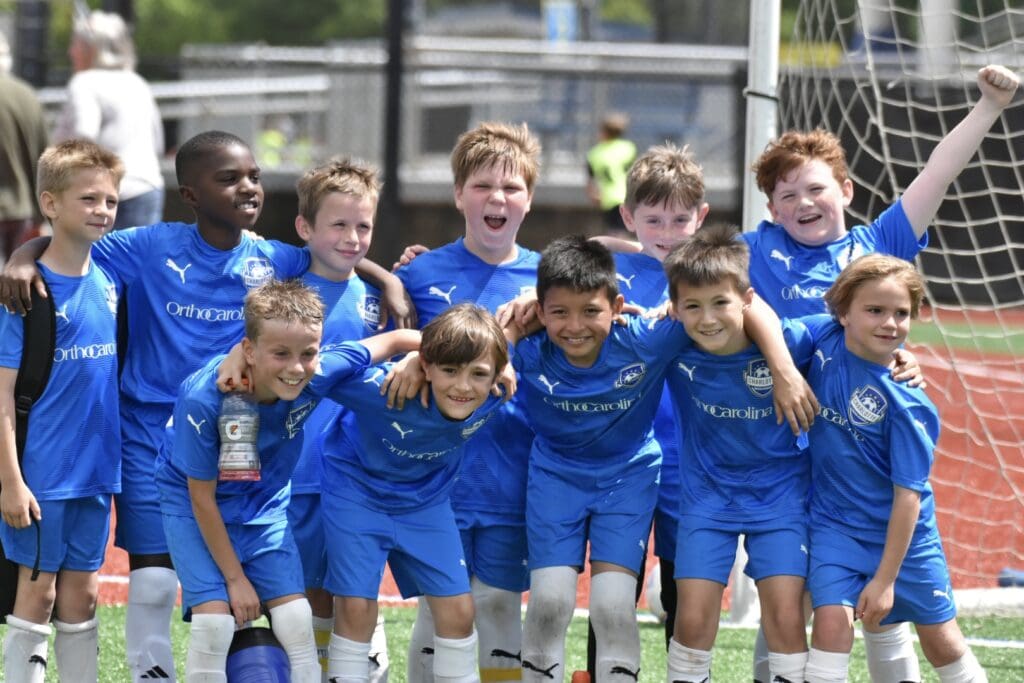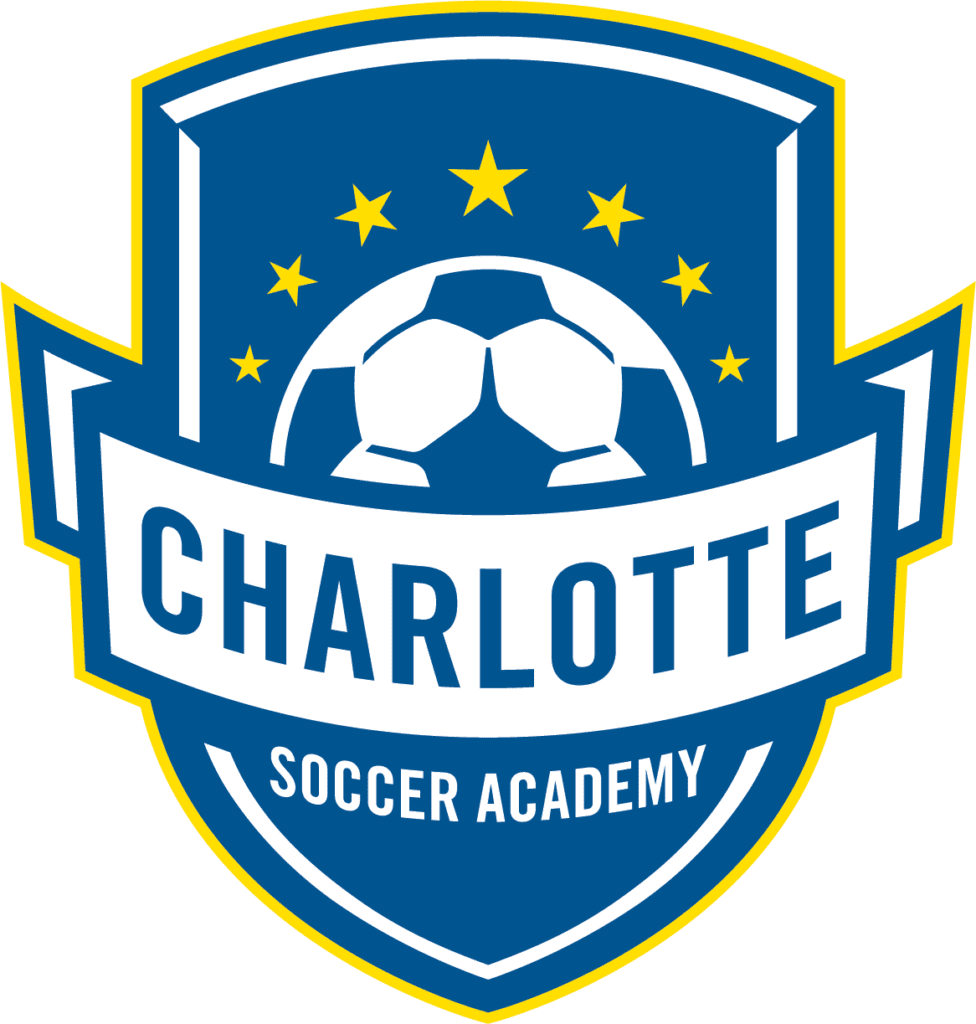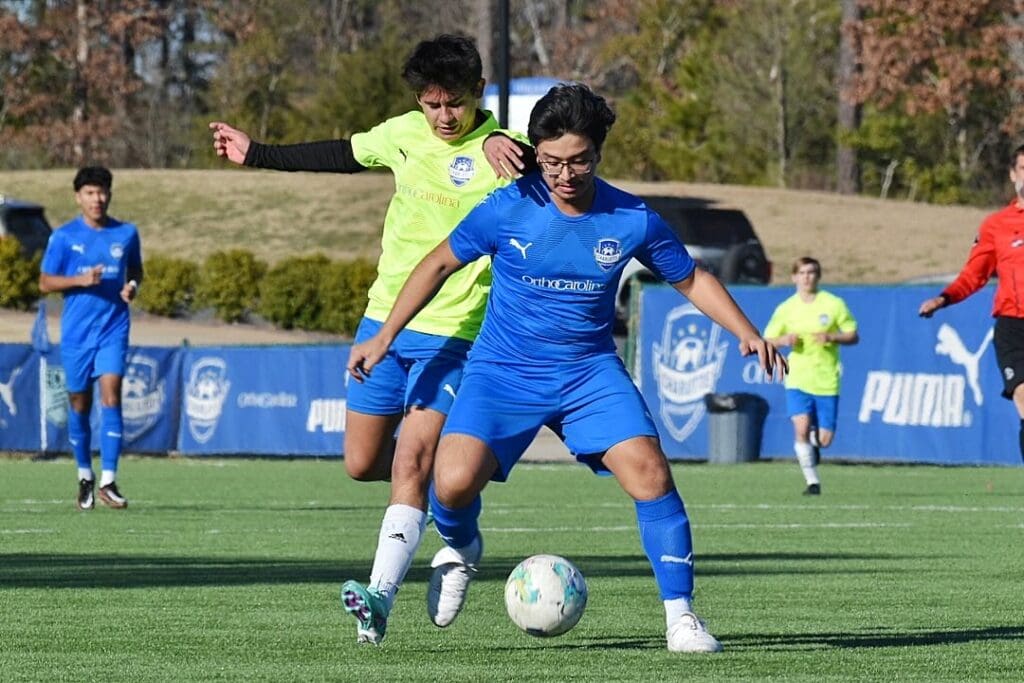Navigating Successful Youth Sports Club Mergers
A Blueprint for Youth Sports Expansion
Mergers and acquisitions in youth sports have become increasingly prevalent over the past two decades. Examples include: Albany Boys Basketball Association and Albany Girls Basketball Association to form Albany Youth Basketball Association (AYBA), 3Step Sports acquiring North Pacific Juniors Volleyball Club in Oregon and Pasedena Baseball Club, a merger of 4 local little leagues in Maryland. While the concept of merging sports organizations is not entirely new, its popularity and strategic implementation have grown significantly. As youth sports continue to evolve, the trend of mergers is likely to persist, driven by the ongoing need for financial stability, increasing competiveness, economies of scale and access to higher levels of play.
As youth clubs increasingly join forces to enhance their market presence, Charlotte Soccer Academy (CSA) stands as a premier example. Under the leadership of Executive Director Brad Wylde, CSA has successfully executed four significant mergers, broadening its influence and providing a comprehensive range of soccer programs in Charlotte. This article explores the critical leadership lessons from CSA’s merger strategy, offering valuable insights for youth sports executives.
Best Practice #4: Providing levels of play to meet members needs. CSA satisfies members desired playing opportunities within the club’s pathway, independently or in partnership.
About Charlotte Soccer Academy
The journey began in 2005 as South Charlotte Soccer Association with 200 players under the leadership of Executive Director Brad Wylde. Initially, most teams were parent-coached, leading serious players to leave for other clubs as they advanced. Recognizing the need for change, Wylde and the Board of Directors hired top-tier coaches, growing the club to over 500 players by 2007 and earning the Development Academy platform. A pivotal merger in 2009 with Charlotte Soccer Club formed CSA, now one of the largest sports clubs in the country, with over 8,000 players in recreational, competitive, and elite programs. CSA spans seven locations across four North Carolina counties and into South Carolina, with three owned facilities, including their HQ, a 55 acre complex encompassing 6 turf fields, GK specific training area and a 10,000-square-foot building with Sports Performance and Physical Therapy. The club operates with 38 full-time directors and over 260 part-time coaches.




Building a Unified Vision: Aligning Missions and Values
A foundational element of a successful merger is alignment of organizational missions and values. For CSA, this alignment ensured a seamless integration of clubs with similar philosophies and objectives. Wylde emphasizes the importance of a shared belief system, focusing on providing a holistic soccer experience, from recreational to elite levels. By prioritizing quality coaching, state-of-the-art training, and a family-oriented environment, CSA has created a consistent and fulfilling experience for all players. This strategic alignment has been crucial in building a cohesive and resilient organization.
Effective Communication: Engaging Leadership and Membership
Open communication and transparent negotiations are vital during mergers. Wylde highlights the extensive effort required to align leadership and membership from merging clubs. Initial informal meetings helped set the stage for more structured negotiations, allowing both parties to outline their priorities and non-negotiables. These discussions fostered trust and buy-in, ensuring that influential members from both sides supported the merger. The result was a unified direction and a stronger organizational culture post-merger.
Strategic Growth: Opening New Markets and Consolidating Influence
Each merger brought unique advantages to CSA, expanding its reach and influence. The initial 2009 merger combined elite boys and girls programs, forming a robust talent pool of 800 players. Subsequent mergers in 2012, 2014, and 2018 each added significant player numbers and market presence, with the 2018 merger incorporating 1,000 new players from Charlotte United. These strategic mergers not only increased CSA’s membership but also enhanced its competitive edge, demonstrating the power of consolidation in dominating local markets.
Mutual Benefits: Understanding Partner Motivations
A successful merger requires recognizing and addressing the motivations of all parties involved. Wylde’s approach ensured that each partner benefited, whether through access to higher-level competition, better facilities, or expanded resources. For instance, smaller clubs that struggled to retain top talent saw significant advantages in merging with CSA, which could offer elite development opportunities. A mutual benefit is key in securing successful partnerships and fostering long-term stability.
Legal and Financial Diligence: Ensuring Compliance and Integrity
Navigating legal and financial complexities of mergers is essential, particularly for 501(c)(3) charitable organizations like CSA. Wylde stresses the importance of thorough due diligence, which involves scrutinizing financial records and ensuring compliance with legal standards. This process not only safeguards the interests of both organizations but also maintains the integrity and trust of stakeholders. Wylde one lesson when CSA identified financial issues following a merger, resulting in CSA assuming responsibilities for the other club’s debts.
Protecting Staff and Leadership: Maintaining Stability Post-Merger
One of the critical concerns during mergers is the impact on staff and leadership. Ensuring job security and clarifying roles are essential to maintaining stability. Wylde’s strategy included assurances to directors and staff from the merging clubs, preserving their influence and roles within the new organizational structure. This approach not only facilitated smoother transitions but also reinforced the combined entities leadership strength and continuity.
To-Do List for Youth Sports Leaders
1. Be strategic in your selection of clubs to partners to grow market share and influence
- Action: Expand reach and influence through strategic mergers.
- Benefit: Increases membership and enhances competitive edge, demonstrating the power of consolidation in dominating local markets.
- Example: CSA’s strategic mergers in 2009, 2012, 2014, and 2018 significantly increased player numbers and market presence, with the 2018 merger adding 1,000 new players from Charlotte United, bolstering CSA’s competitive advantage.
2. Build a unifed vision
- Action: Align missions and values between merging organizations.
- Benefit: Ensures seamless integration, creating a cohesive and resilient organization.
- Example: CSA’s alignment of organizational missions and values allowed for a smooth merger, ensuring both clubs shared a belief system focused on providing a integrated soccer experience from recreational to elite levels.
3. Take extra time and be very intentional in the alignment process and steps for the negociations
- Action: Engage in open communication and transparent negotiations.
- Benefit: Fosters trust and buy-in from all parties, ensuring a unified direction and stronger organizational culture post-merger.
- Example: CSA held informal meetings followed by structured negotiations to align leadership and membership, leading to successful mergers with strong support from influential members on both sides.
About Brad Wylde: Visionary Leader and Soccer Advocate
Brad Wylde’s journey from standout player to executive director underscores his deep commitment to soccer. An NSCAA All-American at Catawba College and former professional player, Wylde transitioned to coaching and executive roles with a focus on player development and organizational growth. Since joining South Charlotte Soccer Association in 2005, Wylde has been instrumental in transforming CSA into one of the largest sports clubs in the country, overseeing over 8,000 players and a dedicated team of directors and coaches. His leadership and vision continue to drive CSA’s success and influence in the Charlotte soccer community.
Written by: David Newbery, Director, Institute of Youth Sports Leaders
Get Involved! It’s free and Open Source
Start by comparing your club’s performance to 60 best practices and access to IYSL Best Practice Analysis Tool and receive a detailed report.
Get recognized – contact David Newbery if you have an example of best practice and are willing to share your story of success with the youth sports community. [email protected]
Join IYSL LinkedIn Group and Newsletter
